HTF Running Low, DOT Shares Cash Management Plan
/The Highway Trust Fund is running dangerously low. The issue, can-kicked for years and avoided still, will require the US Department of Transportation will switch to a new cash management system. This new system is the equivalent of paying bills paycheck to paycheck (gas tax revenue the paycheck), rather than having a savings account (the highway trust fund) with enough cushion to effectively manage bills bulked within a single season. Instead of immediate reimbursement, states will be paid as funds become available. Below, a post from Secretary of Transportation, Anthony Foxx, which originally appeared on USDOT's blog, Fast Lane.
From Secretary of Transportation Anthony Foxx.
Since I came into office a year ago tomorrow, I have been sounding the alarm bell on the need for greater transportation investment and a stable Highway Trust Fund.
To quickly recap:
- In January, we began posting our Highway Trust Fund tickers online and updating them monthly to allow the public to watch our transportation dollars dwindle towards zero.In April, we raised awareness about this problem by taking a bus tour through eight states.In May, we sent to Congress the GROW AMERICA Act, our four-year, $302 billion transportation funding proposal.
- Today we have an update –and the news isn’t good.
- This morning, I sent letters to each state DOT CEO, and to our nation’stransit agencies, outlining the steps we will take when the Highway Trust Fund starts approaching zero.
Under normal circumstances, each state is assigned a percentage based on an annual federal formula. States then spend money on bridges and highways and they forward their bills to us. We pay the bills as we get them, and subtract the total from the state's allotment. The process is similar for transit agencies.
But once the Trust Fund falls below a crucial point, which we expect to happen during the first week of August, we’ll have to stop reimbursing states for each bill as they come in, and we’ll begin a new process.
Under the new plan, we’ll use the same percentage each state is assigned annually to determine how much they’ll receive of whatever is left in the fund. States will be paid their percentage not as they send in their bills, but every two weeks as money from the gas tax trickles into the Fund.
We believe this is the most prudent and most equitable approach to managing such an uncertain situation. But, to be clear, there is no good option here.
On average, states will see a 28 percent drop in federal transportation dollars. Depending on how they manage the funds, each state will feel the effects differently, but everyone will feel the impact sooner or later.
In fact, the worst part of this crisis won’t be the projects that are put on hold this summer, but the long-term projects down the road that are never even started. The uncertainty over federal funding will cause states to pull more and more projects off the books. And once they’re off, it’s very hard to put them back on.
This is not something a country expecting up to 100 million new people by 2050 can afford.
The good news, at least, is that Congress can still choose to act when they return from recess. They still have some time.
Over the last several months, numerous transportation funding bills have been drawn up and sent to the Hill, including our GROW AMERICA Act.
I’ll keep working to make sure Congress passes a sound proposal. And all of us at DOT will keep hoping for the best, even as we prepare for the worst.






